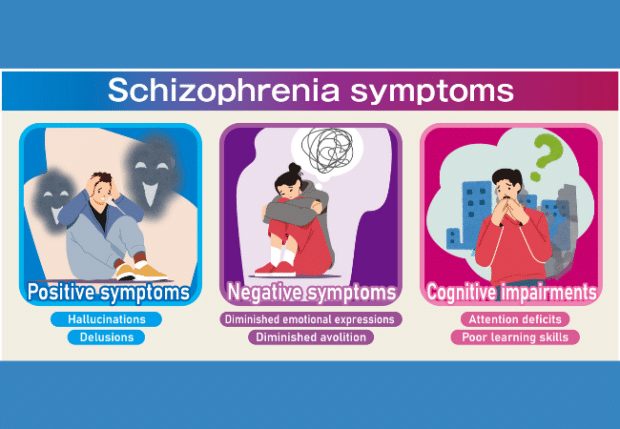Japan develops potential non-invasive schizophrenia treatment
Dr. Taro Kishi, a Fujita Health University professor, found that theta burst stimulation may become a highly effective schizophrenia treatment.
He and his team discovered that theta burst stimulation could “improve depressive symptoms in individuals with mood disorders.”
READ: Stem cell treatment helps 3 people see for the first time
However, Kishi admits TBS requires further testing before it could become a viable schizophrenia treatment.
TBS as a schizophrenia treatment

A recent Inquirer Tech article explains schizophrenia is a mental disorder with positive and negative symptoms.
Despite the names, these can interfere with a person’s life, particularly their self-care and employment.
Positive symptoms include confused thoughts, hallucinations, delusions, etc. On the other hand, negative ones include flattening, withdrawal, and a lack of pleasure.
Kishi, a professor from Fujita Health’s Department of Psychiatry, explains that current treatments work against positive symptoms. However, they often fail to alleviate cognitive and negative symptoms. That is why he and his team looked for alternative schizophrenia treatments.
Specifically, they explored theta burst stimulation (TBS), a non-invasive, therapeutic brain stimulation technique that can modulate brain activity and improve behavior.
The researchers evaluated data from 30 randomized, sham-controlled clinical trials involving 1,424 participants, for nine TBS protocols.
“The primary outcome for our study was improvement in scores related to negative symptoms,” said Dr. Toshikazu Ikuta, one of the researchers.
“The left dorsolateral prefrontal cortex (DLPFC) is connected to parts of the brain, which are associated with the pathophysiology of schizophrenia,” Kishi explained. “Its impairment may play a crucial role in the negative and cognitive symptoms.”
Therefore, they found that administering intermittent theta burst stimulation (iTBS) on this part of the brain may address such symptoms.
However, the researchers acknowledged some limitations. Prof. Shinsuke Kito, a supervisor of the research group, said:
“The sample size was relatively small for this study. Also, multiple participants were receiving psychotropic drugs during the study, which may have affected the result.”
That is why the researchers will conduct larger-scale studies that consider other factors, like the characteristics of those with schizophrenia.
The team published their findings on the JAMA Network Open.